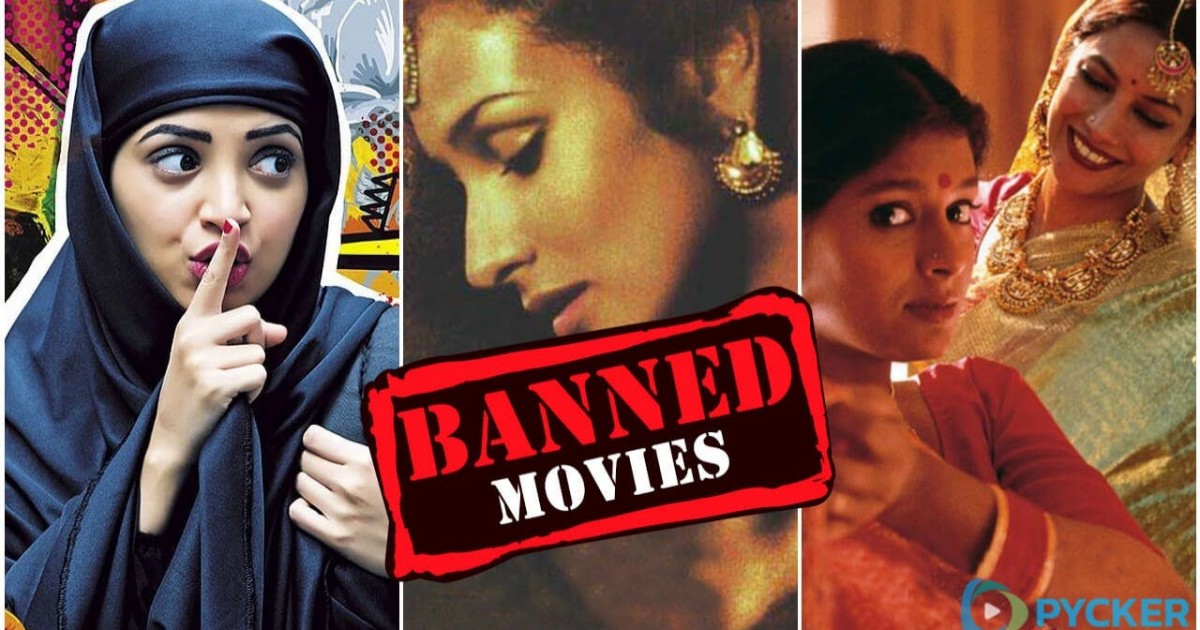Banned Movies Now Streaming on OTT Platforms

NEWS CHARIOT : Over the years, several films in Indian cinema faced bans due to their bold storytelling and controversial themes. However, the rise of OTT platforms has given these once-forbidden films a chance to be viewed by the public. Here’s a look at some of the controversial movies that were initially banned but are now available for streaming:
- Fire (1996)
Deepa Mehta’s 1996 film ‘Fire’ was based on homosexuality. The film depicted a blossoming love affair between two women from a middle-class family. Many organizations protested against it due to its bold scenes and subject matter. However, the film is now available on YouTube. - Water (2005)
The 2005 film ‘Water’ is based on the struggles of widowed women. Protests against the film, which depicts the hardships of a widow and the discrimination she faces in society, began during its shooting. It stars John Abraham in the lead role. It can now be watched on YouTube. - Angry Indian Goddesses (2015)
Let us tell you that this film, which was made in 2015, was stopped before its release in theaters. This film shows the complexities in the lives of seven women. Women empowerment and their struggles are shown in detail in this film. You can watch it on YouTube.Love (2015) - Love (2015)
Love’, released in 2015, is also a film based on homosexuality. The censor board objected to some scenes in this film, which is why it was not released in theaters. However, it is now available on YouTube. - Parzania (2007)
Based on a true story surrounding the post-Godhra riots, this film about a missing child from a Parsi family was banned due to political controversies. It’s now available for streaming on Disney+ Hotstar. - Unfreedom (2014)
Apart from this, ‘Unfreedom’, which was released in 2014, was also based on homosexuality. There were many bold scenes in that movie, which is why the censor board refused to approve it. Now it can be watched on YouTube.
These films, once deemed too controversial for public viewing, are now accessible to wider audiences through OTT platforms, showcasing the changing dynamics of film distribution and freedom of expression.






